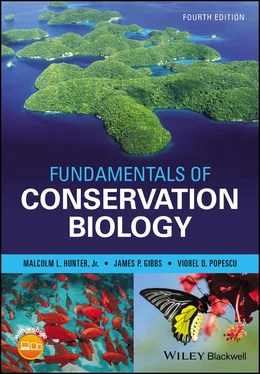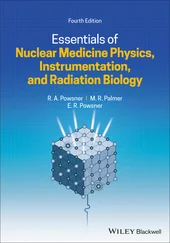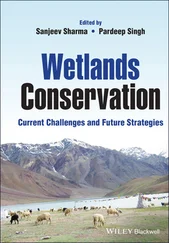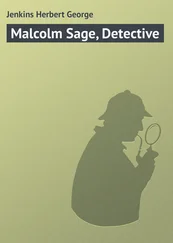In sum, this overview illustrates for one group of creatures the many ways in which conservation genetics informs conservation practice. Similar analyses are being undertaken to guide conservation and restoration of many other imperiled species around the world.
Genetic diversity is essentially a measure of the diversity of information a species has encoded in its genes. This information determines the form and function of every organism, and, when expressed as different species, genera, families and so on, underpins all biological diversity on the planet. One way of measuring it “qualitatively” is based on the distribution of different alleles among individuals and can be expressed as polymorphism (which is based on the proportion of genes that have more than one common allele) and heterozygosity (which is based on the proportion of genes for which an average individual is heterozygous). Another way to measure genetic variation is based on continuous or “quantitative” characters such as height, weight, seed set, etc. that are controlled by many genes as well as the environment. Genetic diversity is important for three primary reasons: evolutionary potential, loss of fitness, and utilitarian values. Species with high levels of genetic diversity: (1) are better equipped to evolve in response to changing environments; (2) are less likely to suffer a loss of fitness because of the expression of deleterious recessive alleles in homozygous individuals, among other problems; and (3) offer plant and animal breeders greater scope for developing varieties with specific desirable traits such as resistance to certain diseases. Genetic diversity is eroded by phenomena associated with small population size. First, when a population is reduced to a small size (i.e. it passes through a bottleneck), some genetic variance and uncommon alleles are likely to be lost. Similarly, in populations that remain small for multiple generations, random genetic drift changes the frequency of alleles; this often reduces genetic diversity, particularly when genes become fixed for a single allele. Finally, inbreeding between closely related individuals can diminish genetic diversity. In contrast, breeding between individuals from very different parts of a species’ range can generate offspring adapted to nowhere in particular, a problem called outbreeding depression. When estimating the effects of these processes on populations, it is important to estimate the effective population size, which is often substantially less than the actual population size. Conservation biologists should be concerned with cultural diversity, the information that many animal species, including humans, pass from generation to generation through learning. In summary, genetics plays a special role in conservation biology. Ever more discriminating technologies are continually evolving for assessing genetic variation, underpinning an expanding role for conservation genetics in informing conservation practice.
Frankham et al. (2009), Allendorf et al. (2013), and Loeschcke et al. (2013) are all thorough treatments of the field of conservation genetics. The new field of landscape genetics is overviewed in Balkenhol et al. (2015). Amato et al. (2009) and Steiner et al. (2013) tackle the emerging field of conservation genomics. Hartl and Clark (1997) and Hartl (2000) remain as lucid guidance on population genetics. For background on the rapidly evolving methodology used by conservation geneticists, such as environmental DNA and metagenomics and mitogenomics for biodiversity monitoring, see Bohmann et al. (2014), Yu et al. (2012), Schnell et al. (2015), and Tang et al. (2015). There also is a journal, Conservation Genetics , which along with Molecular Ecology publishes many articles on application of genetics to conservation.
1 How can you tell, by using genetics, what the geographic boundaries of a population are?
2 What can you assume is true about the level of migration between populations that have very different allele frequencies from each other?
3 Could a mutation have no importance in the current environment (i.e. confer no advantage or disadvantage) and then become either deleterious or beneficial later? How?
4 Why might managed translocation (i.e. moving plants or animals from one place to another to increase genetic diversity) create potential genetic problems for wild populations?
5 If a population experiences a loss of genetic diversity, is it doomed to extinction because of its loss of genetic diversity?
6 What is your opinion on application of genetic engineering methods as an approach for eliminating populations of invasive species? Or its role in resurrecting extinct species, as is currently being attempted for the wooly mammoth and thylacine (Tasmanian wolf)?LocusIndividual123 1aaBBCC2aaBbCC3AaBBCC4aaBbCC5AaBBCC6AABBCC7aaBBCC8AABBCC9AABBCC10AaBBCC
7 What are the frequencies of alleles for each locus?
8 What are the frequencies of genotypes for each locus?
9 What is the polymorphism for this population using the 95% criterion (the frequency of the most common allele <95%)?
10 What is the average heterozygosity for this population?
11 What would genotype frequencies be at locus 2 in this population if it were in Hardy–Weinberg equilibrium?
12 If individuals 1–6 were females and individuals 7–10 were males, what would be the effective population size of this population?
13 What portion of the genetic variance of this population would be likely to remain after three generations of random genetic drift? (Use the effective population size calculated in the preceding question.)
Answers
1 Locus 1: a = 0.55, A = 0.45; Locus 2: b = 0.10, B = 0.90; Locus 3: C = 1.00
2 Locus 1: aa = 0.4, AA = 0.3, Aa = 0.3; Locus 2: Bb = 0.2, BB = 0.8; Locus 3: CC = 1
3 0.67 because loci 1 and 2 are polymorphic
4 0.17 (0.3Aa + 0.2Bb)/3 = 0.17
5 bb = 0.01, Bb = 0.18, BB = 0.81
6 9.6: (4 × 6 × 4)/(6 + 4)
7 0.85: [1 − 1/(2 × 9.6)]³
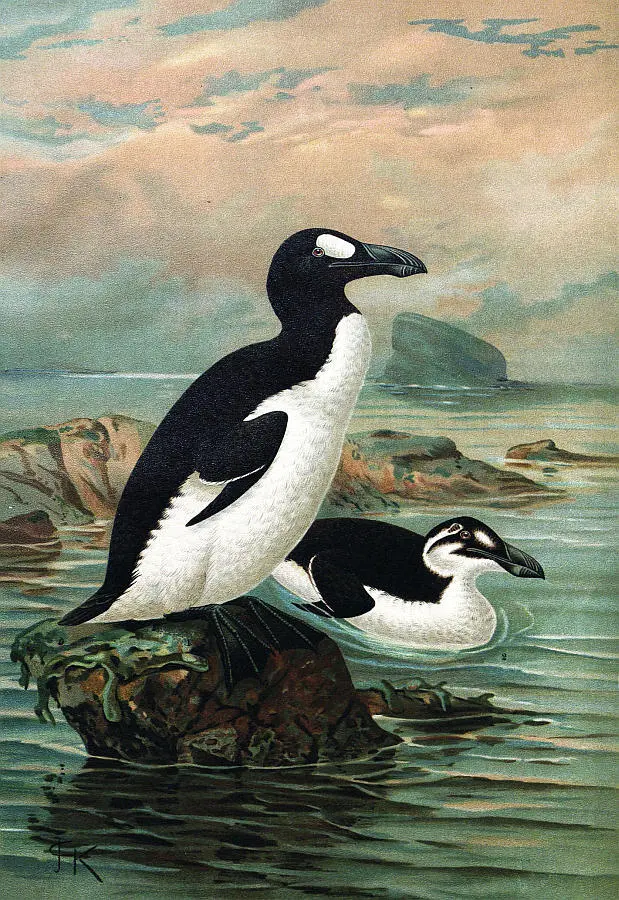
PART II
Threats to Biodiversity
The last word in ignorance is the man who says of an animal or plant: “What good is it?” If the land mechanism as a whole is good, then every part is good, whether we understand it or not. If the biota, in the course of aeons, has built something we like but do not understand, then who but a fool would discard seemingly useless parts? To keep every cog and wheel is the first precaution of intelligent tinkering.
Aldo Leopold
When the last individual of a race of living things breathes no more, another heaven and another earth must pass before such a one can be seen again.
William Beebe
… the worst thing that will probably happen – in fact is already well under way – is not energy depletion, economic collapse, conventional war, or even the expansion of totalitarian governments. As terrible as these catastrophes would be for us, they can be repaired within a few generations. The one process now ongoing that will take millions of years to correct is the loss of genetic and species diversity by the destruction of natural habitats. This is the folly our descendants are least likely to forgive us.
Edward O. Wilson
Humans, unlike any other multicellular species in Earth’s history, have emerged as a global force that is transforming the ecology of an entire planet.
Читать дальше
